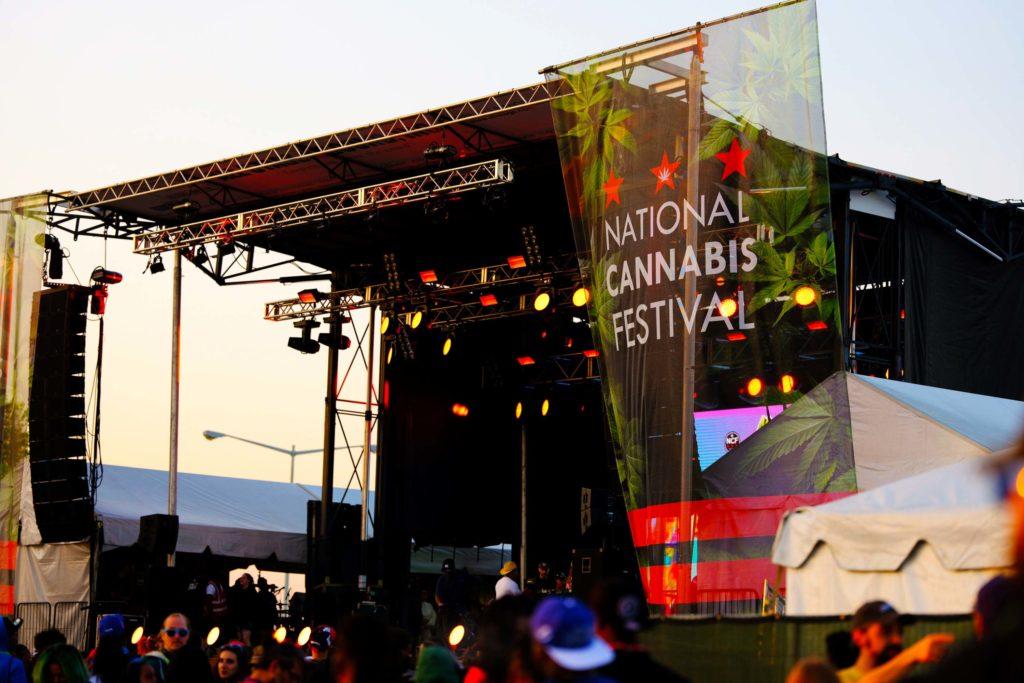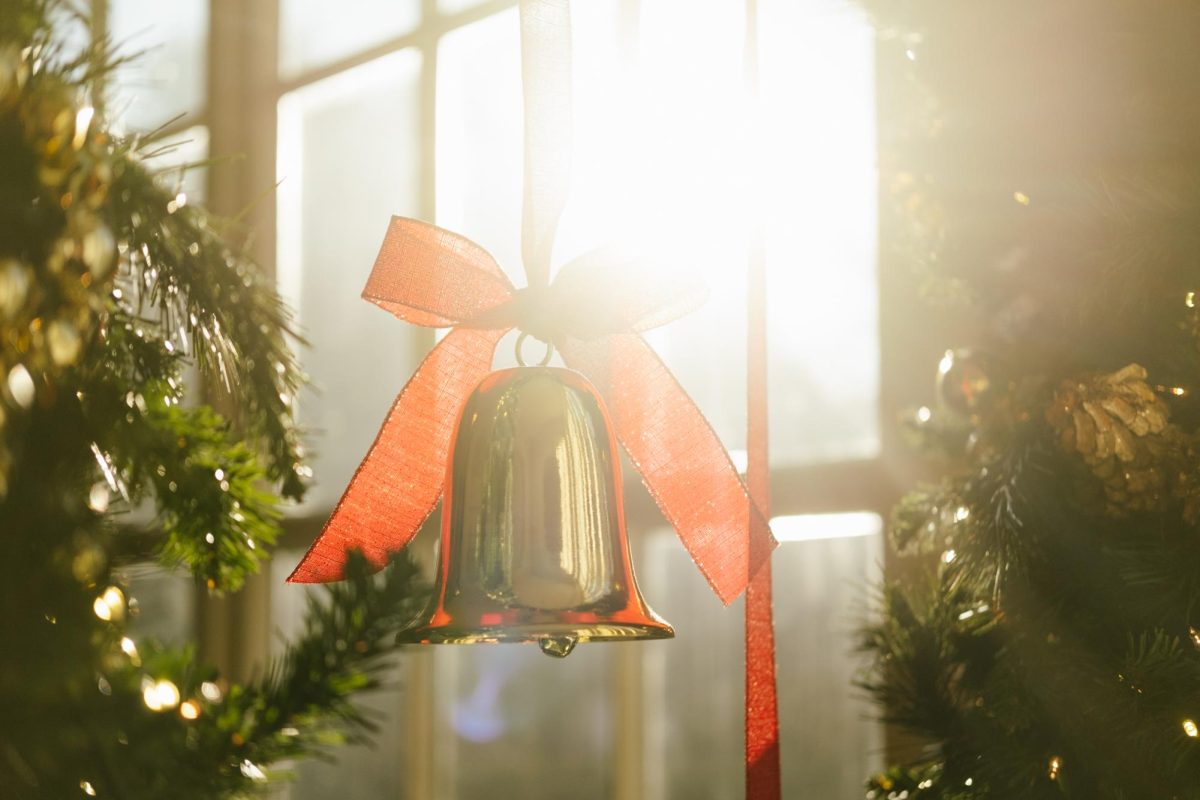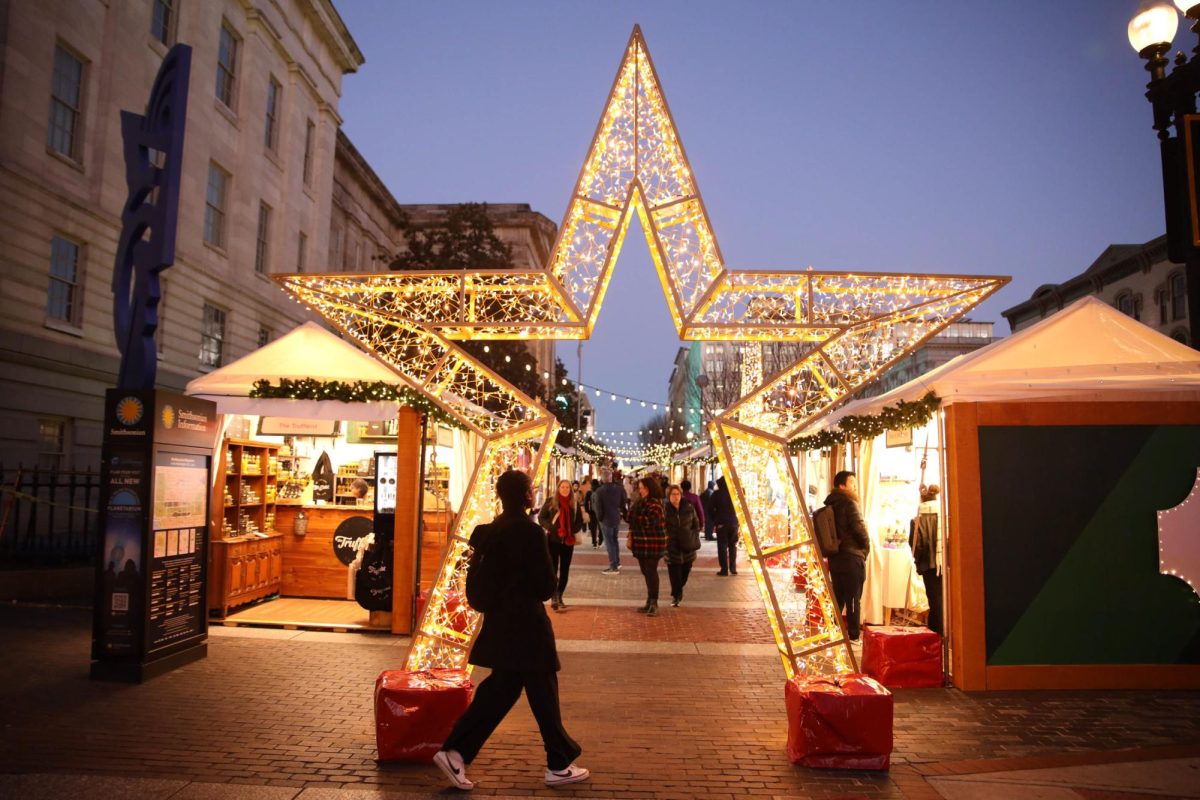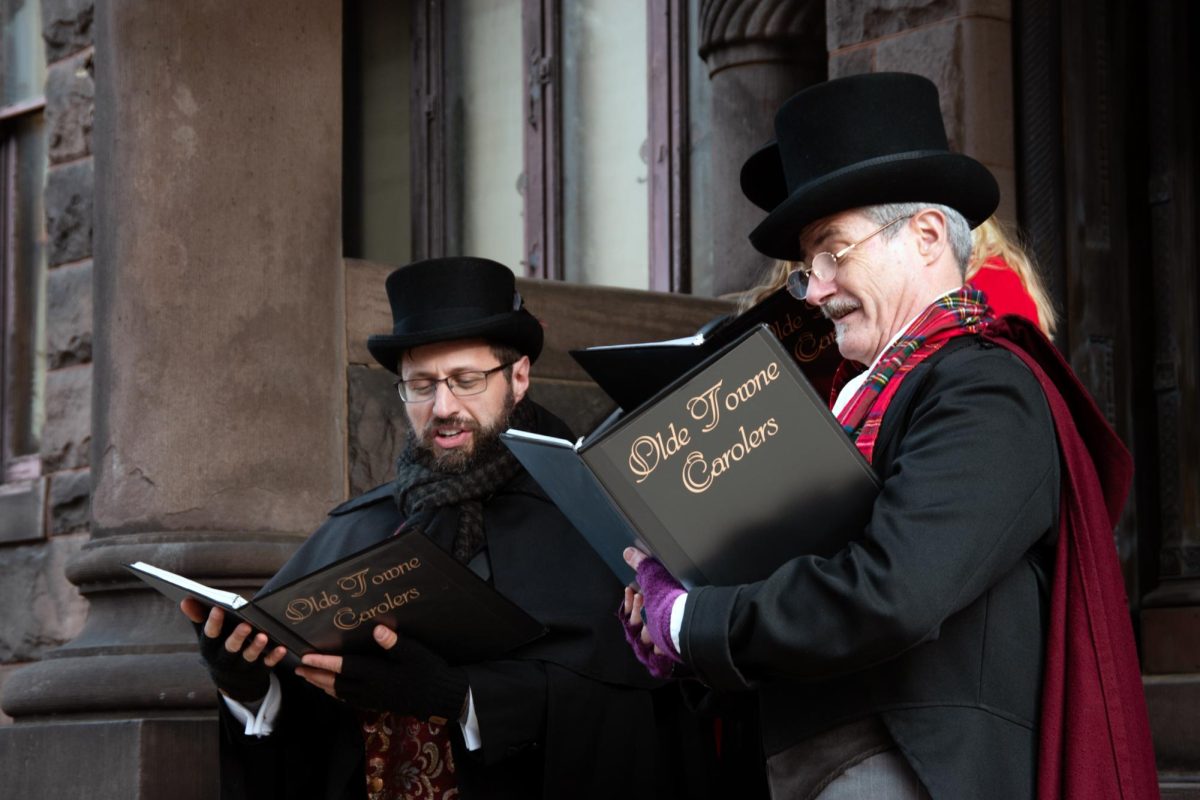Hazy clouds of smoke hovered over massive crowds of mellow patrons at Saturday’s National Cannabis Festival.
The tradition of the annual festival at the Robert F. Kennedy Festival Grounds in southeast D.C. began in 2016 after the D.C. Council passed recreational cannabis legislation, Initiative 71, which allows adults 21 and up to legally own up to two ounces of marijuana and grow up to two plants. This year’s festival – which ran from noon to 10 p.m. – featured more than 60 food vendors, more than 100 cannabis “exhibitors” and all-day musical performances with headliner Wiz Khalifa.
Once we finally secured parking after running into numerous blocked-off roads surrounding the event, we followed a stream of hundreds of people toward the main entrance. Before we even got to the gates, we passed by people hawking tickets for the festival and selling tacky weed-themed t-shirts.
On the trek, one man yelled from his car “Can we bring joints in?” to which a fellow festival-goer responded, “Joints? I’m bringing it all – flowers, papers, joints. Whatever they’ll let me bring in!”
Many, like the curious man in his car, were able to bring their own cannabis products – they were not on the list of prohibited items. And even though the District prohibits public consumption of cannabis, most festival goers gripped lit joints and blunts in between their figures.
With press tickets, we were allowed to bring in cameras, unlike other patrons. But in a manner telling of the event’s strictness overall, our bags weren’t even checked before heading into the festival grounds.
[gwh_image id=”1163761″ credit=”Sabrina Godin I Staff Photographer” align=”none” size=”embedded-img”][/gwh_image]
As we walked through the tunnel separating the check-in gates from the festival, I felt like I was being transported into an alternate reality where cannabis laws weren’t a concern for most. We should remember the incredible privilege associated with this kind of environment, especially when people are still being incarcerated and spending time behind bars in different parts of the country for nonviolent cannabis charges.
After doing a lap around the festival grounds to orient ourselves, we headed to the back where the “munchies zone” was located. I snagged a strawberry mint lemonade juice from TreeHouse Juicery’s stand to fend off the brutal afternoon heat.
Next, we headed over to the Grow School tent where we listened to two presenters talk about natural farming concepts and philosophies relating to cannabis and hemp farming.
This tent was one of four around the festival that was focused on cannabis education with panels and presentations throughout the day. The others included a Culture Pavilion, with presentations like “Marijuana, Music & the Midterm Elections,” a Wellness Pavilion with presentations like “The Spiritual Connection to Plant Medicine” and the Policy Pavilion with presentations like “7 years after Initiative 71…Why Is DC So Far Behind?”
After sitting in on the Grow School presentation, we perused the seemingly endless lines of tents filled with the cannabis “exhibitors” situated in the middle of the grounds, featuring D.C. businesses like District Derp and Gifted Curators. Since cannabis can only be “gifted” in the District, not explicitly bought or sold, these businesses are not referred to as vendors. At these establishments, the cannabis you receive must be accompanied with a product you pay for, like art, or else your payment must be categorized as a “donation.”
But the few Metropolitan Police Department officers scattered around the event were essentially outnumbered, and most exhibitors were, excuse the pun, more blunt about their transactions than they normally would be in everyday operations. Patrons had an enormous selection of pre-rolls, flower, edibles and paraphernalia to shop from between the tents, and most exhibitors would explain the pricing verbally.
Most pre-rolls were sold for anywhere between $5 and $15 depending on size and strain quality. Every exhibitor I talked to was incredibly knowledgeable about the strains they were selling and could describe the flavors and typical effects in detail.
The festival also allowed for plenty of people-watching – a performative wrestling match, platform ring and all, caught our eye before we stopped and watched a pizza-eating contest for a few minutes.
Some festivalgoers were even decked out in full cannabis-themed costumes, and a face painter had her entire upper body intricately painted with bright green cannabis flowers.
[gwh_image id=”1163760″ credit=”Sabrina Godin I Staff Photographer” align=”none” size=”embedded-img”][/gwh_image]
The array of people enjoying the festival was interesting alone – major stoners, festival geeks, hippies and some people who looked like they walked right out of their local country club were all vibing together. While taking a sun break in a shaded tent area, we sat next to an older couple who said they were here “under the radar.”
Later in the evening, we found ourselves eager to get back to the munchies zone. The lines had started to grow by around 5 p.m., so we stuck to the shortest ones. I grabbed a hearty seafood gumbo ($18.95) from Memaw’s Table, which was well worth the price with chicken, sausage, shrimp and whole blue crab. But the huge iced watermelon juice ($10) that we ordered from one of the generic fair food stands was by far the most refreshing treat we found in the munchies zone.
Around 7 p.m. we set up our folding chairs to the right of the stage in the main concert area, located at the front of the grounds, and watched half an hour of rapper Ghostface Killah’s performance while the sunset illuminated the wisps of smoke rising from the audience.
“I hope y’all are smoking good!” the emcee shouted at the crowd between performances.
While our original plan was to stay at the festival until Wiz Khalifa got on stage at 8:45 p.m., we decided to leave early in hopes of avoiding the bottleneck traffic jam leaving the parking lot after the concert.
Despite the murky laws surrounding recreational cannabis use in the District, the National Cannabis Festival provides a space for lovers of the plant to convene and enjoy the community it cultivates.








